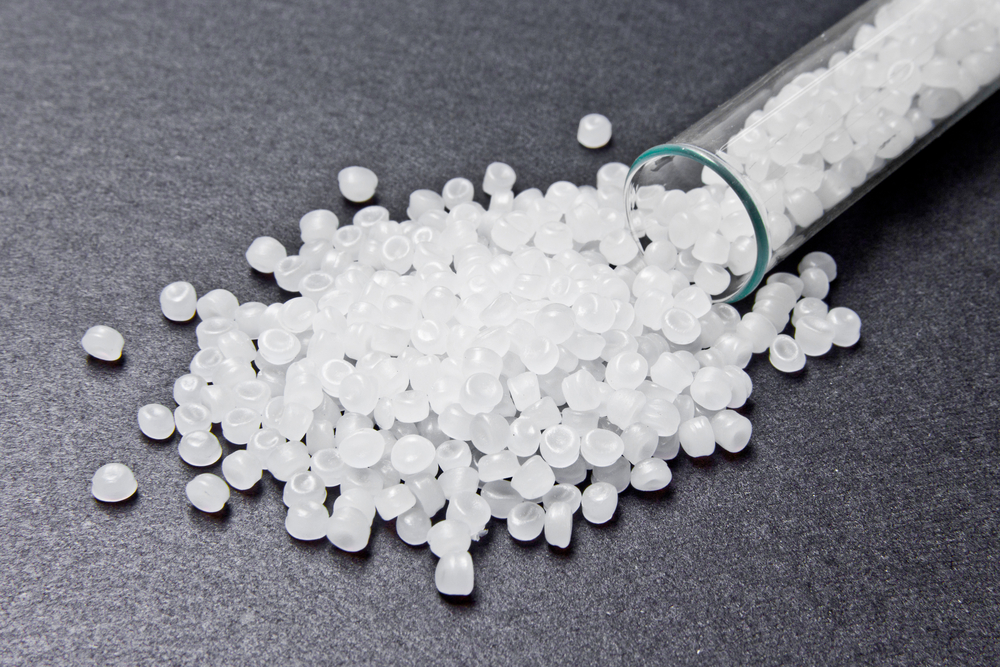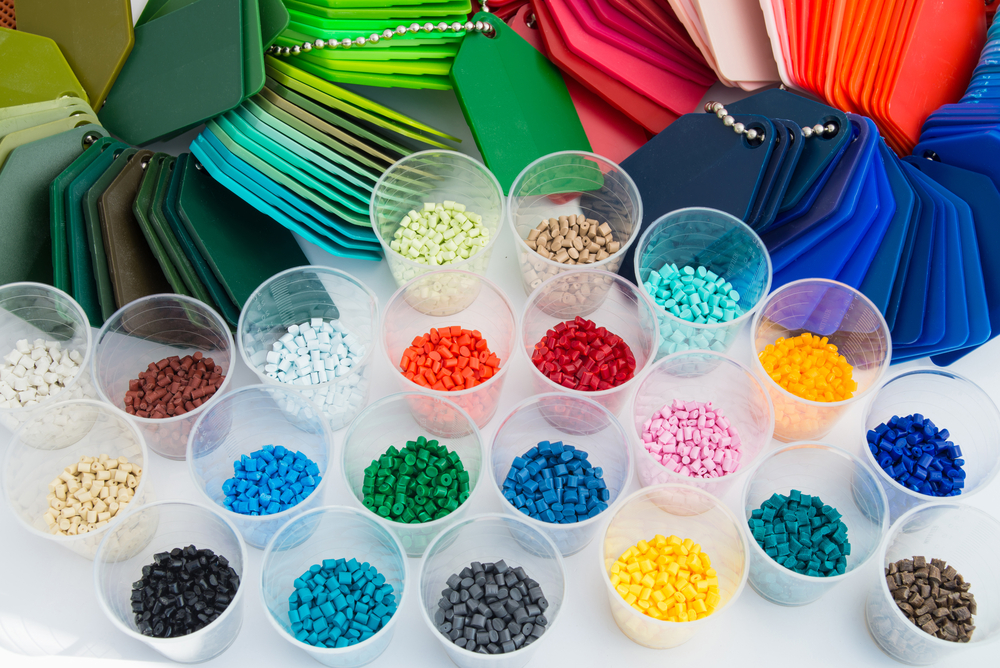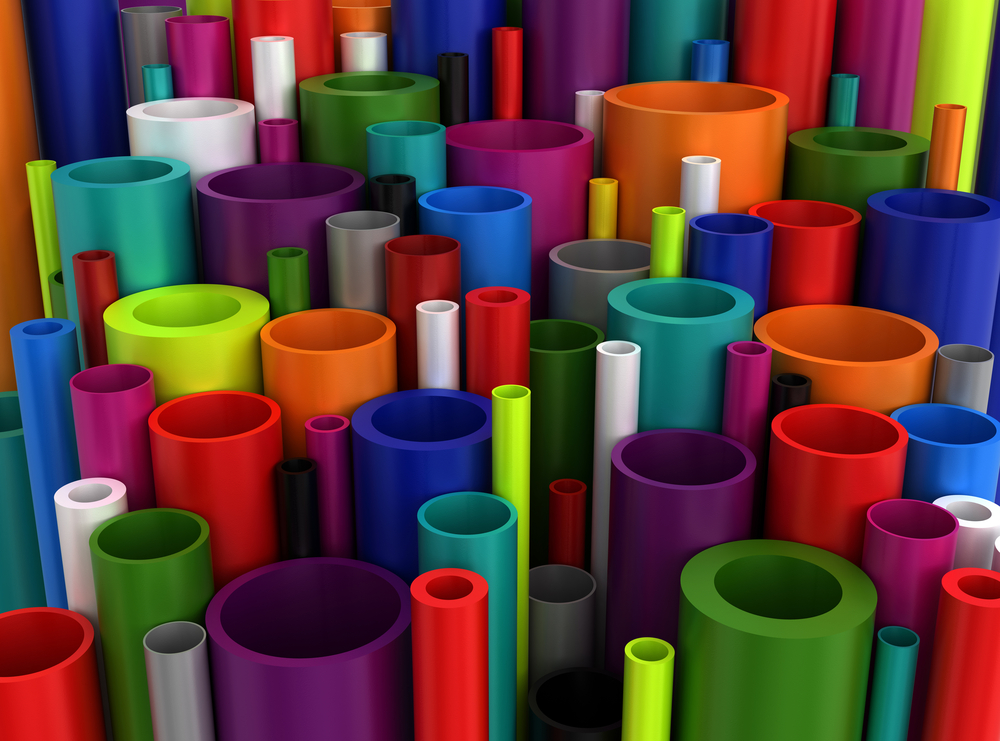Extruded Polyethylene
Polyethylene is a polymer made from the monomer ethylene. Ethylene is a hydrocarbon gas consisting of two carbon atoms and four hydrogen atoms, represented by the chemical formula C2H4. Polyethylene is widely used in various applications due to its versatility, durability, and cost-effectiveness. It is a thermoplastic, meaning it can be melted and re-molded multiple times without undergoing significant chemical degradation. There are several types of polyethylene, with the most common ones being:
- Low-Density Polyethylene (LDPE): LDPE is characterized by its flexibility and is commonly used in packaging materials, plastic bags, and various containers.
- High-Density Polyethylene (HDPE): HDPE is known for its strength and rigidity. It is used in applications such as bottles, pipes, plastic lumber, and containers.
- Linear Low-Density Polyethylene (LLDPE): LLDPE has properties that fall between LDPE and HDPE. It is often used in packaging films, agricultural films, and other flexible applications.
What is Polyethylene used in?
Polyethylene is a significant component in the plastic industry and is used in a wide range of products in our daily lives. Its properties make it suitable for applications in packaging, construction, transportation, healthcare, and more. Despite its widespread use, efforts are being made to address environmental concerns associated with plastic pollution and to explore more sustainable alternatives.
Polyethylene is used in a wide variety of applications due to its versatility, durability, and cost-effectiveness. Some common uses of polyethylene include:
- Packaging Materials: Polyethylene is widely used in the production of plastic bags, plastic films, and other packaging materials. Its flexibility and barrier properties make it suitable for protecting and preserving a wide range of products.
- Containers and Bottles: High-Density Polyethylene (HDPE) is commonly used to manufacture bottles for beverages, household chemicals, and personal care products. It is valued for its strength, rigidity, and resistance to chemicals.
- Pipes and Fittings: Both High-Density Polyethylene (HDPE) and Low-Density Polyethylene (LDPE) are used in the construction of pipes for water supply, drainage, and gas distribution. HDPE, in particular, is known for its durability and resistance to corrosion.
- Insulation: Cross-linked polyethylene (PEX) is used as a material for insulation in electrical cables and plumbing pipes.
- Automotive Components: Polyethylene is used in the automotive industry for manufacturing various components such as fuel tanks, bumpers, and interior parts.
- Agricultural Films: Low-Density Polyethylene (LDPE) and Linear Low-Density Polyethylene (LLDPE) are used in the production of agricultural films for purposes like greenhouse covers and mulching.
- Medical Devices: Polyethylene is used in the manufacturing of various medical devices, including containers, tubing, and prosthetics, owing to its biocompatibility and ease of sterilization.
-
What are some benefits of using Polyethylene?
Polyethylene offers several benefits that make it a popular choice in manufacturing across various industries. Polyethylene is commonly used in plastic extrusion processes due to its favorable properties and characteristics that make it well-suited for this manufacturing method. Plastic extrusion is a process in which raw plastic material, typically in the form of pellets or granules, is melted and formed into a continuous profile or shape through a die. Here are some reasons why polyethylene is preferred for plastic extrusion:
- Versatility: Polyethylene is a highly versatile material available in various forms, such as high-density polyethylene (HDPE), low-density polyethylene (LDPE), and linear low-density polyethylene (LLDPE). Each type has specific properties that make it suitable for a wide range of applications.
- Cost-Effectiveness: Polyethylene is relatively inexpensive to produce, making it a cost-effective choice for manufacturers. This affordability contributes to its widespread use in the production of everyday items, packaging materials, and industrial components.
- Durability and Strength: High-Density Polyethylene (HDPE) is known for its strength and rigidity, making it suitable for applications requiring durability and impact resistance. It is often used in containers, pipes, and other structural components.
- Chemical Resistance: Polyethylene is resistant to a variety of chemicals, making it suitable for applications where exposure to different substances is a concern. This property is valuable in the production of containers for chemicals and other potentially corrosive materials.
- Flexibility: Low-Density Polyethylene (LDPE) and Linear Low-Density Polyethylene (LLDPE) are flexible and can be easily molded into different shapes. This flexibility makes them ideal for applications such as plastic bags, films, and flexible packaging.
- Electrical Insulation: Cross-linked polyethylene (PEX) is used as an electrical insulator in the wiring and cable industry. It provides good electrical insulation properties and is resistant to heat.
- Water Resistance: Polyethylene is resistant to moisture and does not absorb water. This property makes it suitable for applications where exposure to water or humidity is a concern.
-
While polyethylene offers numerous benefits, it’s essential to consider environmental factors and work towards sustainable practices, including recycling and exploring alternative materials, to address concerns related to plastic waste and environmental impact.
How is Polyethylene used in plastic extrusion?
Polyethylene is a widely used thermoplastic polymer that is commonly employed in plastic extrusion processes. Polyethylene’s versatile properties make it suitable for various applications in plastic extrusion. Here’s how polyethylene is used in the plastic extrusion process:
- Material Selection:
- Type of Polyethylene: There are different types of polyethylene, such as high-density polyethylene (HDPE), low-density polyethylene (LDPE), and linear low-density polyethylene (LLDPE). The choice of polyethylene type depends on the specific properties required for the end product.
- Melting and Extrusion:
- Melting: Polyethylene pellets or granules are fed into the extruder, where they undergo a melting process. The extruder typically consists of a rotating screw that applies heat and pressure to melt the polyethylene.
- Extrusion Die: The molten polyethylene is forced through a die, which is a specially shaped opening, to form the desired shape. The die can have a variety of configurations depending on the product being produced, such as flat sheets, pipes, or profiles.
- Cooling and Sizing:
- Cooling: After passing through the extrusion die, the formed plastic undergoes a cooling process to solidify and maintain its shape. This can involve air or water cooling, depending on the specific requirements of the product.
- Sizing: The extruded product may be passed through sizing equipment to ensure it meets the desired dimensions and tolerances. Sizing is crucial for achieving the correct product specifications.
- Cutting and Finishing:
- Cutting: The continuous extrudate is cut into specific lengths or rolls, depending on the final product requirements. This is often done using cutting tools or saws.
- Finishing: Additional processes such as surface treatment, printing, or coating may be applied to enhance the appearance or performance of the extruded polyethylene product.
- Applications of Extruded Polyethylene:
- Pipes and Tubes: HDPE and LDPE are commonly used for manufacturing pipes and tubes due to their durability, chemical resistance, and flexibility.
- Profiles: Polyethylene profiles are used in various industries for applications like window frames, weather stripping, and electrical conduit.



